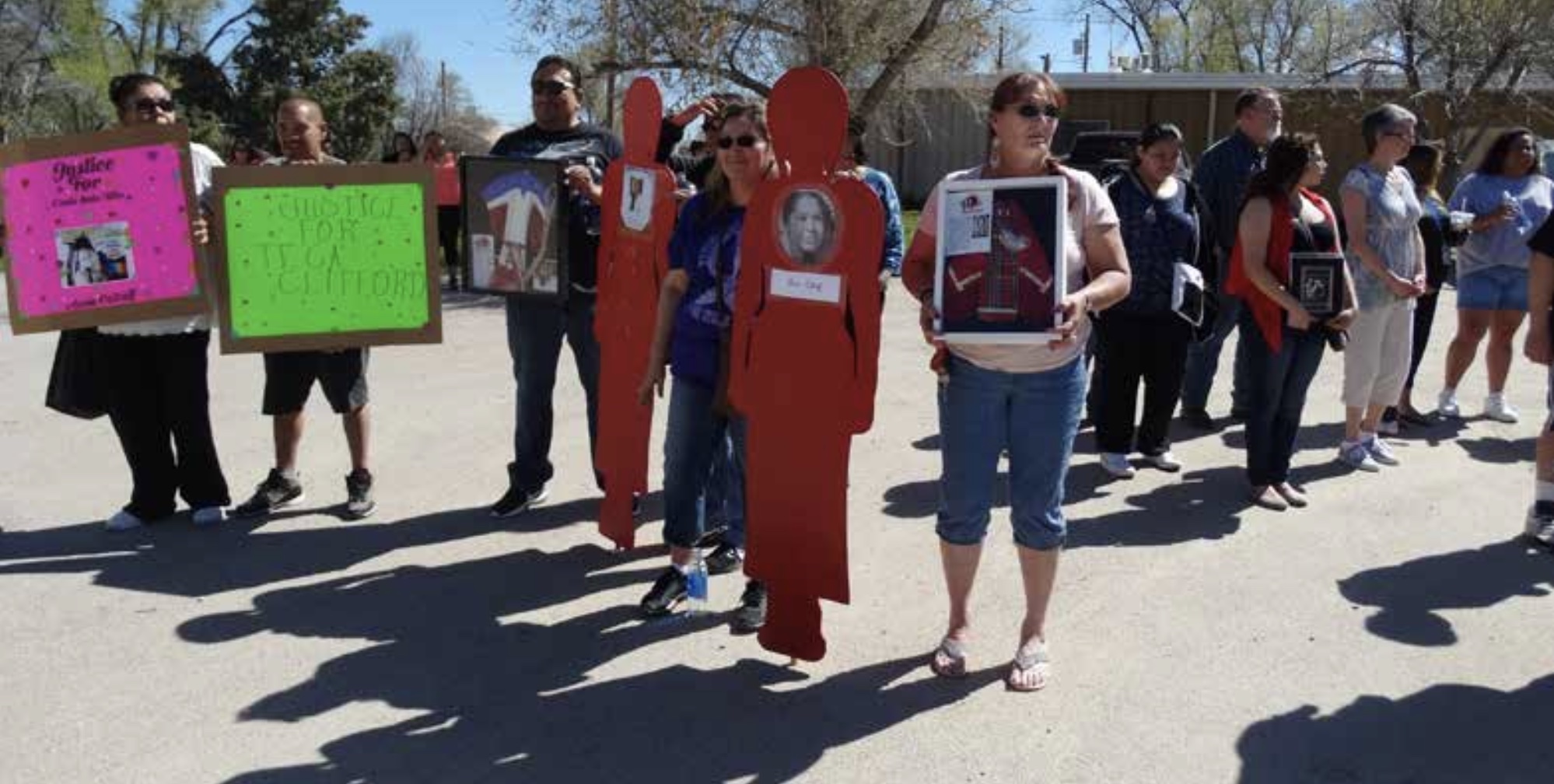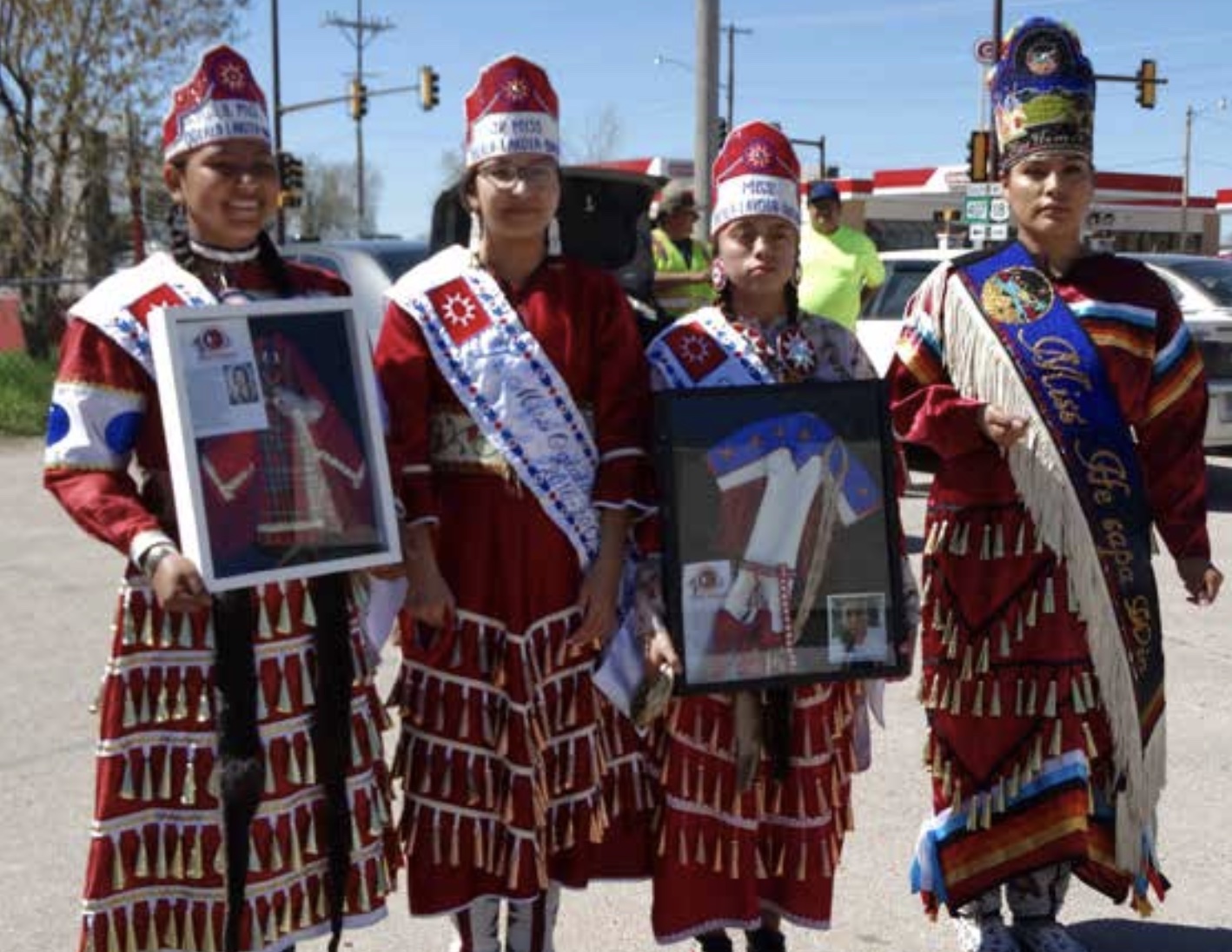Fixing a Broken System: NCAI Resolution on Missing and Murdered Native Women and Girls

In response to the tragic disappearances and murders of Native women, the National Congress of American Indians (NCAI) passed a resolution at its last annual meeting. The resolution recognizes the crisis in the destruction of human lives, the toll on tribal families and communities, and the danger it poses to the future of Indian nations.
“This crisis is not a new one. Native women became vulnerable to violence over hundreds of years due to the attacks on tribal governments and their ability to protect women,” said Cherrah Giles, Board Chair, NIWRC. “Clearly, we have a long road to restore the safety of Native women, but with the passage of VAWA over 20 years ago tribes received the first resources to respond to violence against women. VAWA has also strengthened tribal authority to respond to the violence.”
The disappearances and murders are the end result of a broken system that has failed Native women. The federal and state criminal systems do not, and cannot, provide the level of local response that is needed to protect Native women. Many times, the federal and state focus is on individual staff, the need for training, and increased personnel. While these issues are important, the reality is that the 229 Alaska Native villages and 335 American Indian tribes need a local immediate tribal response. As one grieving mother stated, “We cannot wait for the system to be fixed. We need help now. I have five grandchildren to take care of, to raise.”
The NCAI resolution highlights immediate steps the federal government can take to increase the response and also help grieving families and tribal communities. The resolution reads:
 The NCAI does hereby resolve to advocate for changes to increase safety for Native women to address the crisis of missing and murdered Native women and girls by the federal government, with agencies including but not limited to the Departments of Justice, Interior, and Health and Human Services, including actions such as:
The NCAI does hereby resolve to advocate for changes to increase safety for Native women to address the crisis of missing and murdered Native women and girls by the federal government, with agencies including but not limited to the Departments of Justice, Interior, and Health and Human Services, including actions such as:
- To review, revise, and create law enforcement and justice protocols appropriate to the disappearance of Native women and girls, including inter-jurisdictional issues; and
- To provide increased victim services to the families and community members of the disappeared or murdered Native woman such as counseling for the children of the disappeared, burial assistance, and community walks and healing ceremonies; and
- Coordination of efforts across federal departments to increase the response to the disappearance or murder of Native women and girls; and
- Coordinate efforts in consultation with Indian tribes’ efforts to increase the response of state governments, where appropriate, to cases of disappearance or murder of Native women or girls.
The resolution provides an overview for basic reforms at the federal level. These are basic steps that begin to address this crisis and cause everyone to question why they do not exist. Why for example do Indian tribes not have a dedicated funding stream under the Victims of Crime Act? Why, when the murder rate for Native women is 10 times the rate of other populations, does no protocol exist for law enforcement? Why are no response or efforts being coordinated across criminal justice agencies and departments?
A Conversation with the Field: Understanding Missing and Murdered Native Women—Organizing a Response
As advocates, we know that Native women often go missing and are murdered at higher rates than any other populations of women. In some tribal communities, the U.S. Department of Justice found that American Indian women face murder rates more than 10 times the national average. Over the last year, the national movement for the safety of Native women organized to create a National Day of Awareness for Missing and Murdered Native Women and Girls. This effort included nearly 200 tribal, state, and national organizations. May 5, 2017, marked the first national day of awareness with tribal awareness and justice walks taking place across the United States. In 2005, the grassroots movement for the safety of Native women led the struggle to include within the Violence Against Women Act a separate title called Safety for Indian Women. While awareness of this national issue has increased over the last decade, more must be done at all levels. To organize and respond to an issue, it must be first be acknowledged and understood. The National Indigenous Women’s Resource Center is organizing dedicated discussions with advocates and tribal leaders concerning missing and murdered Native women, ways to increase national awareness, and ways to organize to end such violence. If you would like to discuss the issue of missing and murdered Native women, please email Jax Agtuca at JAgtuca@NIWRC.org.





